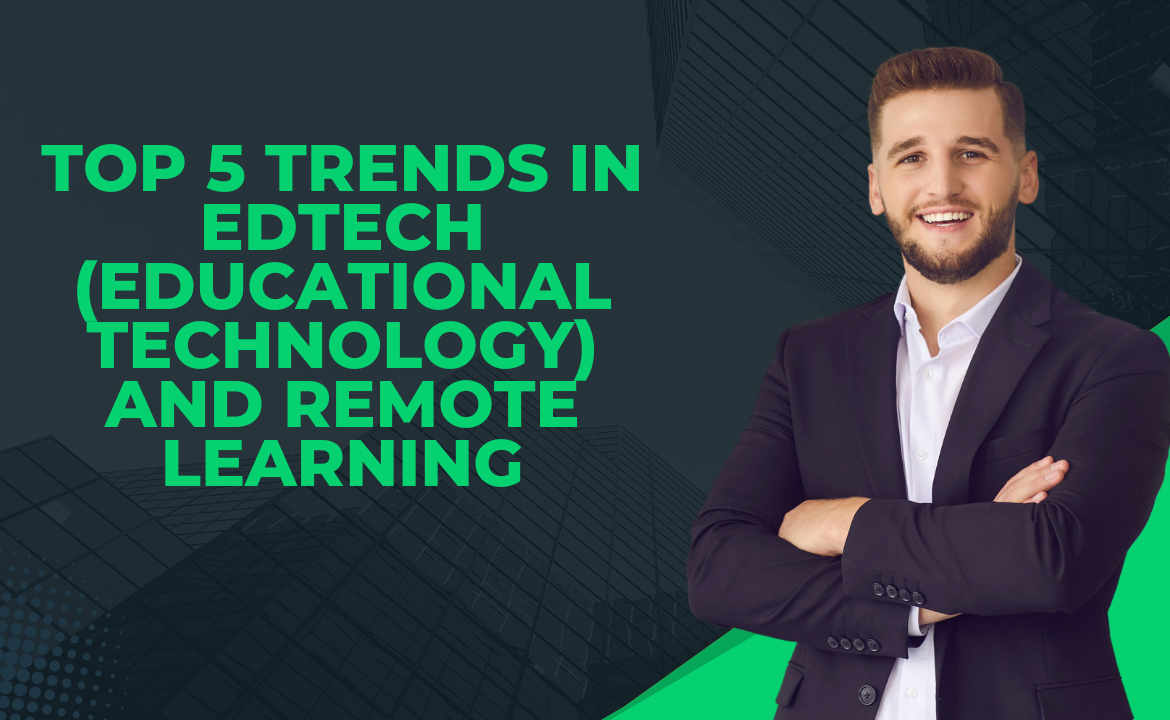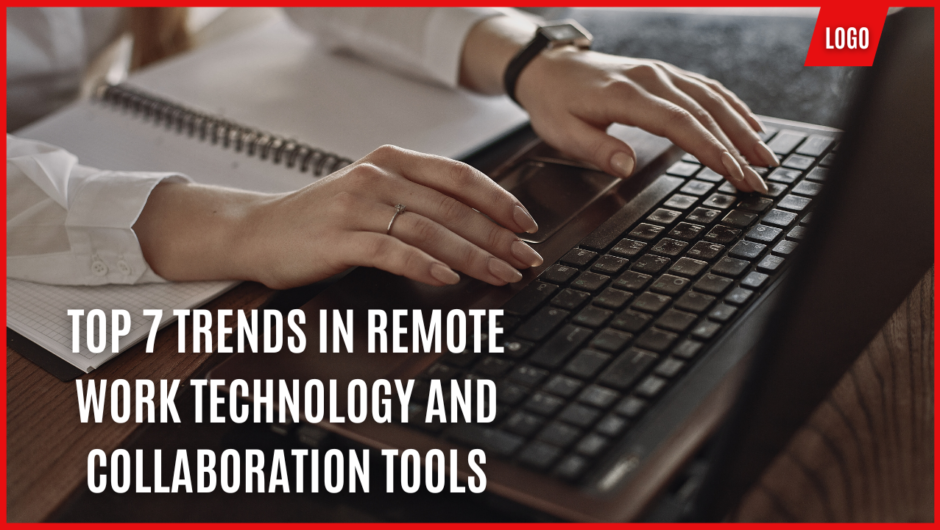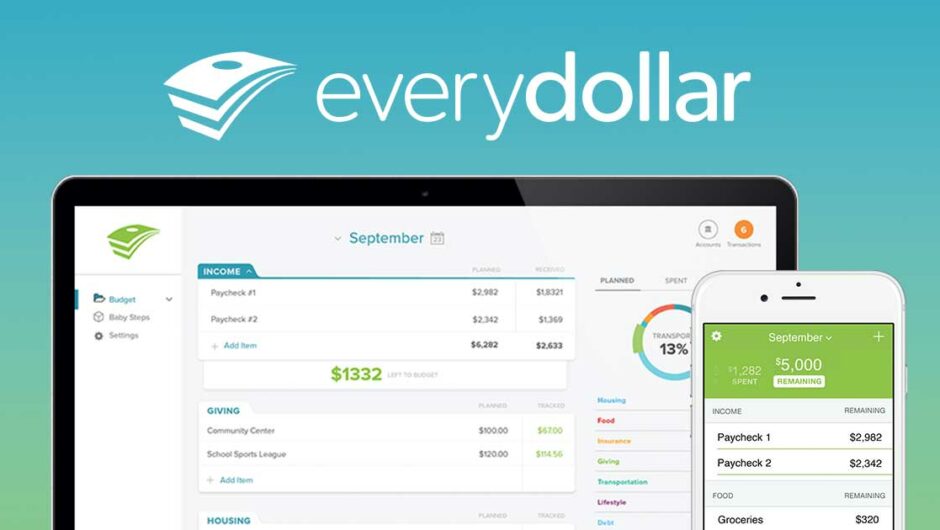Educational Technology (EdTech) and the widespread adoption of remote learning is dynamic intersection of technology and education has spurred a multitude of trends that are reshaping how knowledge is accessed, delivered, and consumed. From the integration of artificial intelligence and gamification to the rise of virtual classrooms and adaptive learning platforms, EdTech trends are revolutionizing traditional educational paradigms. As remote learning continues to evolve and expand, it’s imperative to explore these trends, their implications, and the transformative impact they have on education in the digital age.

Top 5 Trends in EdTech (Educational Technology) and Remote Learning are:
Virtual Reality (VR) and Augmented Reality (AR)
Virtual Reality (VR) and Augmented Reality (AR)are offering immersive and interactive learning experiences that transcend traditional boundaries. VR creates fully immersive digital environments that users can explore and interact with, providing realistic simulations of real-world scenarios, historical events, or scientific concepts. This enables students to engage in experiential learning, where they can visualize abstract concepts, conduct virtual experiments, or visit distant locations without leaving the classroom. On the other hand, AR overlays digital content onto the real world, enriching the physical environment with interactive elements, annotations, or additional information. AR enhances learning by bringing static materials to life, such as textbooks, posters, or worksheets, and enabling interactive experiences through mobile devices or wearable technology.
Both VR and AR foster active engagement, critical thinking, and collaboration among students, making learning more engaging and effective. Moreover, these technologies accommodate diverse learning styles and preferences, catering to visual, auditory, and kinesthetic learners alike. As VR and AR continue to evolve and become more accessible, their potential to revolutionize education by providing immersive, personalized, and interactive learning experiences is boundless, shaping the future of learning in the digital age.
Gamification
Gamification is a powerful educational strategy that harnesses the principles of game design to enhance learning experiences. By incorporating elements such as points, badges, leaderboards, and challenges into educational activities, gamification transforms traditional lessons into engaging and interactive experiences. This approach motivates students by tapping into their innate desire for competition, achievement, and rewards, making learning more enjoyable and effective. Gamification also fosters a sense of autonomy and mastery, empowering students to take control of their learning journey and progress at their own pace.
It encourages collaboration and social interaction among students, as they compete or collaborate with their peers to achieve common goals. Through gamified learning environments, students can develop essential skills such as problem-solving, critical thinking, and decision-making in a fun and immersive way. Additionally, gamification can provide instant feedback and rewards, reinforcing positive behaviors and facilitating continuous improvement.
Overall, gamification holds immense potential to transform education by making learning more engaging, motivating, and effective. As technology continues to evolve, gamified learning experiences are becoming increasingly accessible and customizable, catering to diverse learning styles and preferences. By leveraging gamification in education, educators can create dynamic and interactive learning environments that inspire curiosity, creativity, and lifelong learning.
Personalized Learning
Personalized learning is a transformative educational approach that tailors instruction, pace, and content to meet the individual needs, interests, and abilities of each student. By leveraging technology, data analytics, and adaptive learning systems, personalized learning shifts away from one-size-fits-all teaching methods towards customized learning experiences.
In personalized learning environments, students have the flexibility to explore topics at their own pace and delve deeper into areas of interest. Adaptive learning platforms use algorithms to analyze student performance and provide real-time feedback, adjusting the difficulty level and content of lessons to match each student’s proficiency level. This fosters a sense of autonomy and ownership over the learning process, empowering students to take control of their education. Personalized learning encourages collaboration and communication among students, as they engage in peer-to-peer learning, problem-solving, and project-based activities tailored to their interests and abilities. By catering to individual learning styles, preferences, and strengths, personalized learning equips students with the skills, knowledge, and confidence needed to succeed in an ever-changing world.
Adaptive Learning Platforms
Adaptive learning platforms represent a revolutionary approach to education by leveraging technology to provide personalized learning experiences for students. These platforms utilize sophisticated algorithms and data analytics to dynamically adjust the pace, content, and instructional strategies based on each student’s individual learning needs and performance. By continuously analyzing student data and responses, adaptive learning platforms can provide targeted interventions, remediation, or enrichment activities to optimize learning outcomes.
One of the key features of adaptive learning platforms is their ability to tailor instruction to meet students at their current proficiency level, ensuring that they are neither overwhelmed nor bored by material that is too easy or too difficult. Additionally, these platforms offer real-time feedback and progress tracking, allowing both students and instructors to monitor learning progress and identify areas for improvement. Through adaptive assessments, personalized content recommendations, and interactive exercises, students can engage with course material in a way that is meaningful and relevant to their individual interests and learning styles.
Remote Collaboration Tools
Remote collaboration tools have become essential components of modern work and education environments, enabling seamless communication, collaboration, and productivity across distributed teams and learners. These tools encompass a wide range of applications and platforms, including video conferencing software, project management tools, online document sharing platforms, and virtual whiteboards.
One of the key benefits of remote collaboration tools is their ability to facilitate real-time communication and interaction among team members or students, regardless of geographical location. Through video conferencing, messaging, and screen sharing features, individuals can collaborate on projects, discuss ideas, and solve problems as if they were in the same physical space. Remote collaboration tools support asynchronous collaboration, allowing individuals to work on projects or assignments at their own pace and convenience. Online document sharing platforms enable multiple users to collaborate on documents simultaneously, providing a centralized location for storing, editing, and sharing files.
Conclusion
The trends in EdTech and remote learning represent a seismic shift in the landscape of education, offering transformative opportunities to enhance teaching and learning experiences. From personalized learning and gamification to virtual reality and adaptive learning platforms, these trends are reshaping traditional educational paradigms and empowering students with immersive, engaging, and personalized learning experiences. Moreover, the widespread adoption of remote collaboration tools and digital onboarding solutions has accelerated the transition to flexible and inclusive learning environments. As technology continues to evolve, the future of education holds immense promise, with EdTech and remote learning trends driving innovation, accessibility, and equity in education worldwide.
Also Read:
- What is Dividend Investing and How to find Dividend Stocks?
- How do new mobile banking apps help access savings account better?
- Financial Advisor in India – The Best for your Financial Planning?
- What is inflation and how it impacts your financial plan?

Hello, I am Tanisha Kriplani, graduated in computer science from Delhi University. I am passionate about web content writing and have a strong interest in Data Analytics and Data Engineering.











